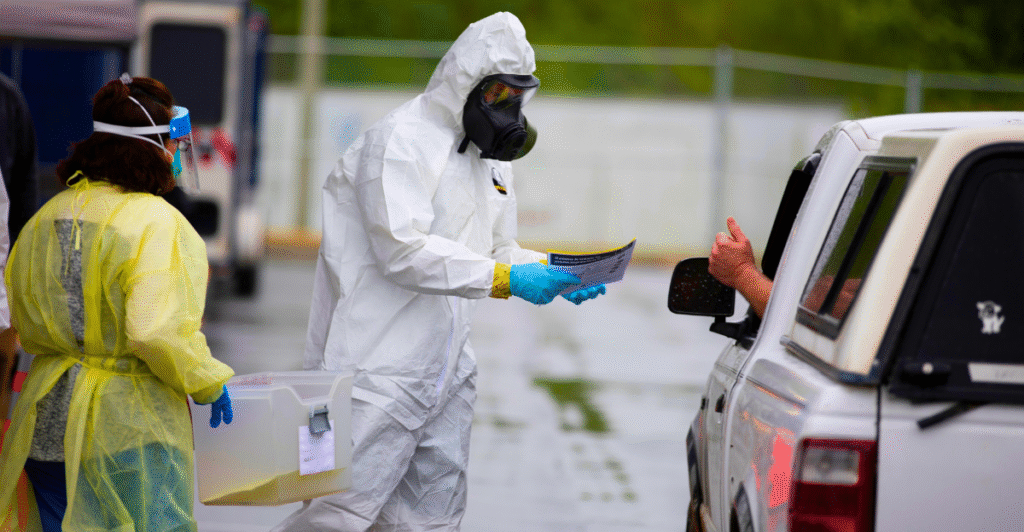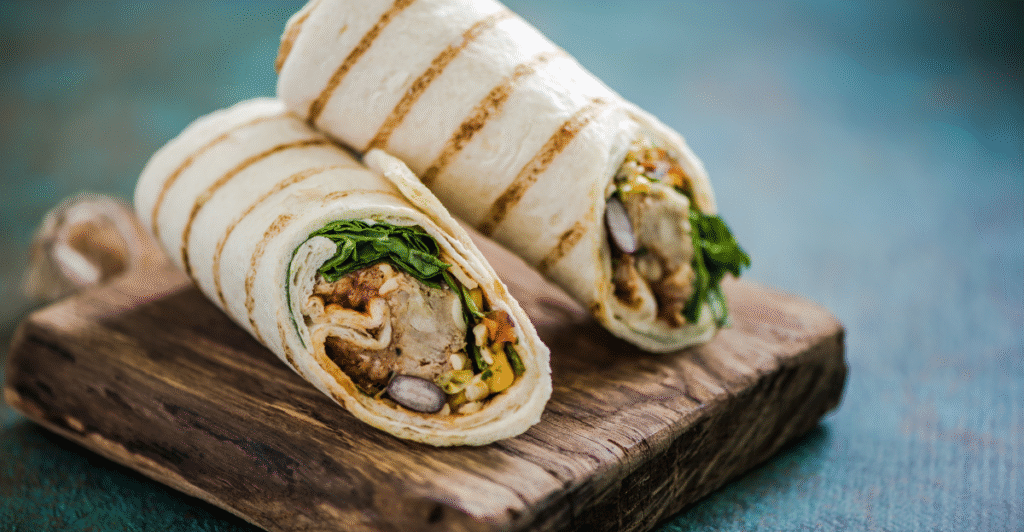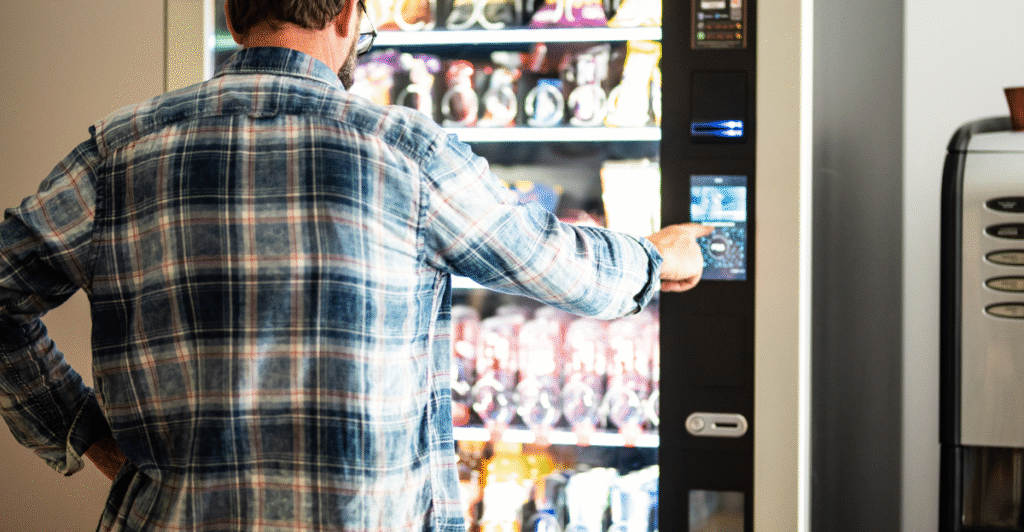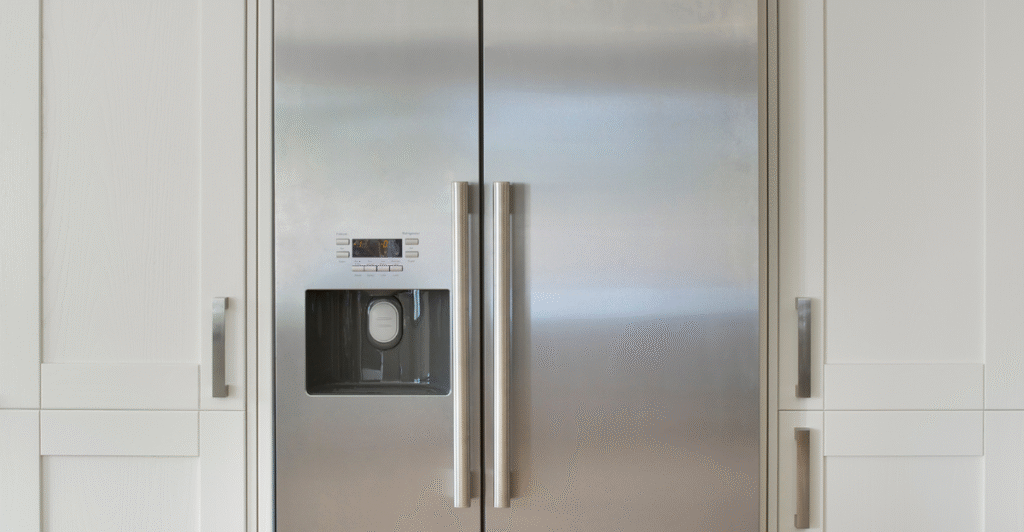
You take a sandwich out of the break room fridge. Looks good. Smells good. Tastes… well, good enough. But somewhere in four Western states, people who made that same choice are now experiencing an untimely health crisis.
A recent recall shook vending machines and office pantries alike, begging the question of just how “ready-to-eat” some foods really are.
There isn’t a public outcry yet, but behind the reassuring headlines lurks a bacterial danger that most are unaware of—and probably don’t want to be aware of. So what exactly is happening inside that sandwich? And how bad is the threat?
This Isn’t Just Another Labeling Mix-Up

Recalls aren’t new. We’ve seen plenty over the years—chips with undeclared allergens, mislabeled milk, a mystery ingredient here or there. But this one’s different.
This time, the FDA and a California-based company are waving red flags over something far more insidious than a typo.
The sandwiches look perfectly normal, but they may carry a microscopic threat with very real consequences—especially for the most vulnerable among us.
A Quiet Threat with a Big Roar

The danger can’t be scraped off or smelled. It’s not an attractive sight either. It’s listeria—a germ that couldn’t care less about what your sandwich is wrapped in.
Although rare, it’s one of the most deadly food-related illnesses in America. And it’s subtle. Symptoms can take weeks to appear.
But if they do, they can spread like wildfire. The bad news? You may have already consumed the sandwich.
Who’s Behind the Recall

The company at the center of it all? Fresh & Ready Foods, based in San Fernando, California.
They’re not exactly a household name, but you’ve likely seen their sandwiches and snacks in breakrooms, hospitals, vending machines, and office kitchens across Arizona, California, Nevada, and Washington.
On May 10, they issued a voluntary recall for dozens of their ready-to-eat products. Why? One positive test—just one—changed everything.
It Began With a Routine Check

The FDA was inspecting the Fresh & Ready Foods factory when they took an environmental sample, tested it, and got a positive reading for listeria.
The contamination was not in the food itself but on a piece of equipment or on a part of the equipment that made it. But that was enough.
Because with listeria , one contaminated surface will infect dozens—if not hundreds—of pre-packaged meals before anyone realizes anything is amiss.
What Exactly Was Recalled?

It’s not just one or two products. It’s a whole list of sandwiches, wraps, pastas, and snack boxes. Think turkey & cheese croissants, caprese baguettes, garlic pesto pasta, and even protein snack packs.
The recalled products were packaged under brand names like Fresh & Ready Foods, Fresh Take Crave Away, City Point Market, and Fresh Food to Go. All with “use by” dates from April 22 to May 19.
Where These Things Were Sold

These weren’t sitting on your local supermarket shelf—or at least, not usually. The recalled items were distributed primarily to vending machines, break room refrigerators, and healthcare or corporate offices in Arizona, California, Nevada, and Washington.
Which is to say the consumer may have been grabbing an unplanned snack between meetings—or even between sets of patients. These are not your typical fast food joints. They’re humdrum, familiar hangouts.
So. What Does Listeria Actually Do?

Listeria monocytogenes is no ordinary stomach bug. Mild infections can lead to fever, nausea, or diarrhea. But severe infections affect the nervous system and blood.
That’s when it gets serious: stiff neck, confusion, convulsions. For individuals aged 65 and above, pregnant women, newborns, or those with a compromised immune system, the infection can be deadly. It can even cause miscarriages or stillbirths in pregnant women.
What the Numbers Say

The CDC says an estimated 1,600 people in the United States contract listeria illnesses each year, and about 260 die.
That might seem insignificant—until you get a sense of how much food illness happens every year. Listeria isn’t one of the most common, but one of the most lethal.
The fact that listeria can multiply at refrigerator temperature (even in your refrigerator) makes it extremely ruthless in ready-to-consume foods like deli meat and sandwiches.
The Company’s Response

Fresh & Ready Foods didn’t wait for an all-out outbreak. They voluntarily recalled the products, destroyed the contaminated equipment, and made an official release.
Though they have not issued a clear statement to the press, they have requested customers to dispose of any of the brand’s products and call their hotline for reimbursement. No cases have been reported yet—but officials believe it’s better to be safe than sorry.
What to Do If You Ate one

Don’t panic—but don’t shrug it off either. If you’ve eaten one of the recalled items recently, keep an eye out for symptoms like fever, fatigue, or digestive issues.
Symptoms of listeria can take up to 70 days to appear, so don’t dismiss that strange headache or stomach pain.
If you’re in a high-risk group, contact your healthcare provider, especially if you’ve been feeling “off” after eating one of these items.
Why This Matters More Than You Think

This isn’t only about one sandwich company. It’s about how fast things can turn bad in our supply chains—even when nobody is being sloppy.
One positive test result resulted in a multi-state recall. One small bacterium might have made its way into hospitals, schools, or offices. It’s a reminder that food safety isn’t always assured.
What the Experts Are Saying

The CDC reminds everyone that listeria is not common, but critically hazardous for some individuals. “Discuss your concerns with your health care provider,” their page states.
The FDA is still keeping an eye on things and commended the company on its response. Health workers are calling for awareness—not alarm.
No one wants to cause panic, yet awareness prevents actual harm, particularly when something as simple as lunch is at hand.
Last Bite: Don’t Get Caught Out by Convenience

In a grab-and-go culture, we tend not to think twice about what’s hiding on the label. Maybe this case won’t produce an outbreak, and we don’t want it to.
But it is an alert: examine those “use by” dates. Heed the recalls. And if a product tastes ever so slightly funny, trust your gut—your gut won’t lead you wrong here.
Because sometimes the least likely foods hold the biggest risk. And no lunch sandwich is worth an emergency room visit.
Discover more trending stories and Follow us to keep inspiration flowing to your feed!

Craving more home and lifestyle inspiration? Hit Follow to keep the creativity flowing, and let us know your thoughts in the comments below!
